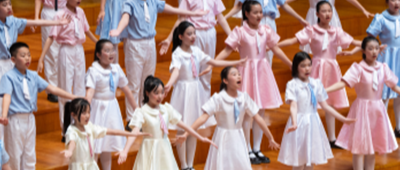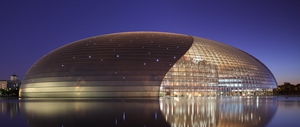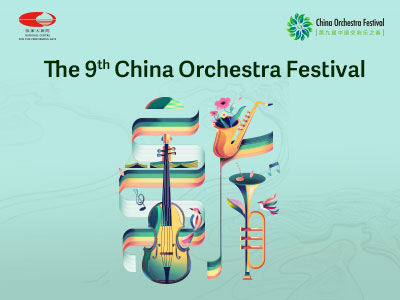Spring brings a season of renewal and vitality, and with it comes the highly anticipated NCPA Ninth China Orchestra Festival, running from April 4th to 30th. The festival will present 26 concerts featuring 21 professional orchestras, 21 conductors, and one world-renowned orchestra, representing 11 provinces, autonomous regions, and municipalities across China. This grand event promises to showcase the dynamic charm and evolving artistry of Chinese symphonic music.
Since its launch in 2008, the China Orchestra Festival, a grand symphonic event created by the National Centre for the Performing Arts (NCPA) for Chinese audiences, has been successfully held eight times. As one of the NCPA's flagship art festivals, it has consistently dedicated itself to advancing the flourishing development of China's symphonic art. The festival highlights the vitality of Chinese symphony orchestras and serves as a vital platform for showcasing original Chinese symphonic works. 17 years of hard work has forged it into a well-deserved grand symphony event of China.
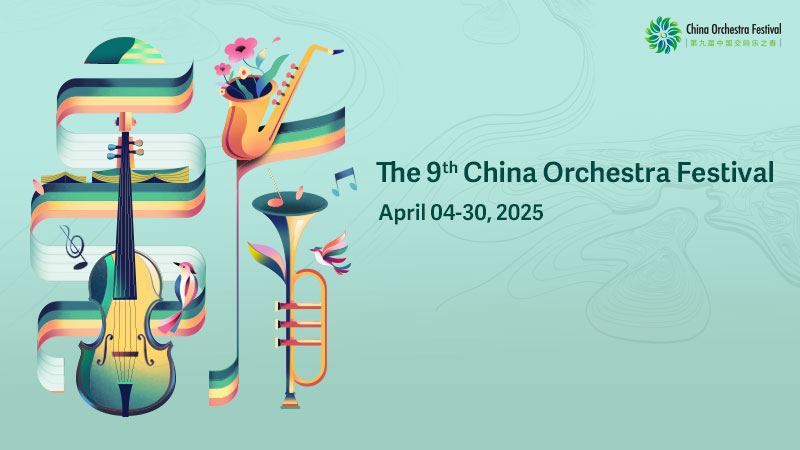
The year 2025 marks the celebration of the Ninth China Orchestra Festival, coinciding with the final year of both the "14th Five-Year Plan" and Beijing’s "Three-Year Action Plan for Building 'a Capital of Performing Arts.'" This year’s festival, themed "A New Chapter in Music," will showcase the latest developments and achievements in Chinese symphonic music. Through the power of music, it will narrate the story of China, amplifying the nation’s voice and ushering in a magnificent era of cultural prosperity. The event promises to be a vibrant testament to the growth and innovation of China’s symphonic art, reflecting the spirit of a new cultural dawn.
Orchestras from across the world will play a variety of beautiful symphonic music at the China Orchestra Festival to show how Chinese symphony is booming with different looks. Among them are famous orchestras from foreign countries and Hong Kong, Macao and Taiwan, including the Wiener Symphoniker and Hongkong Philharmonic Orchestra, high-level orchestras from Beijing, including the China NCPA Orchestra & Chorus, Beijing-Tianjin-Hebei Symphony Orchestra, China National Symphony Orchestra, National Ballet of China Symphony Orchestra, China Philharmonic Orchestra and Beijing Chinese Orchestra, and orchestras with local features including the Nanchang Symphony Orchestra, Kunming Nie Er Symphony Orchestra, Harbin Symphony Orchestra, Wuxi Symphony Orchestra, Quancheng Symphony Orchestra, Guangzhou Symphony Orchestra and Orchestra of Changchun Film Studio. There are also the Tianjin Juilliard Orchestra and a youthful orchestra formed by 11 conservatories of music with the China Conservatory of Music as the core. In recent years, local symphony orchestras have been sprouting up like mushrooms after rain - The debut appearance of “new faces”, such as Wuxi Symphony Orchestra and Quancheng Symphony Orchestra, will inject fresh blood into the development of China’s symphony art. This implies that the local governments, highly concerned with cultural construction, have taken measures to promote cultural prosperity.
Besides, this year’s China Orchestra Festival features conductors from home and abroad, including TANG Muhai, SHUI Lan, YU Feng, YU Long, LI Xincao, TAN Lihua, LIN Daye, ZHANG Yi, HUANG Yi, LIU Sha, YANG Li, FAN Tao, LAI Jiajing, LIN Jingji, DONG Junjie, ZHU Man, TUO Peng, XIAO Chao, ZHANG Zhen, Petr Popelka and Paavo Järvi, as well as renowned orchestral and folk musicians and singers including Jan Vogler, YIN Chengzong, Bomsori Kim, SONG Fei, YU Hongmei, SUN Yingdi, GAO Can, SONG Yuanming, WANG Yunpeng and ZHENG Yao. They will form an all-star cast to make Chinese symphony clearly heard.
These orchestras will adorn the China Orchestra Festival with their well-planned repertoires, in which there are classical masterpieces by Johann Strauss, Shostakovich, Ravel and other musicians, as well as those by Chinese composers including NIE Er and XIAN Xinghai. It is worth mentioning that the local orchestras will present their new symphony commissions with distinct cultural features, working together to draw a beautiful picture of China.
Since the Beijing Performing Arts Centre opened over one year ago, the NCPA has been under a differentiated management structure as “a performing arts centre with three locations”. This time, a series of performances will be given under the title of “Homage to the 120th Anniversary of Chinese Cinema” at the Beijing Performing Arts Centre. Beautiful film music will even be heard on the Grand Canal then.
120 years has passed since the first Chinese film, Dingjun Mountain, had its premiere in 1905, endowing Chinese cinema with a brilliant history. In honour of its brilliant history and fruitful Chinese film music, three leading Chinese film studio orchestras will be invited to “Homage to the 120th Anniversary of Chinese Cinema” - They are the China Film Symphony Orchestra, which is of the same age as the P.R.C., the Orchestra of Changchun Film Studio, which is “the cradle of contemporary Chinese film music”, and the Pearl River Film Studio Orchestra, which comes from the Greater Bay Area, where it records film music for the Pearl River Film Studio. They will appear at the Concert Hall and Open-air Theatre of the Beijing Performing Arts Centre one after another to give seven well-planned concerts of film music and anime music. In their repertoires are pieces of popular film music including those from old films Dingjun Mountain, Tunnel Warfare and Battle on Shangganling Mountain, Hong Kong films A Chinese Odyssey and A Chinese Fairy Tale, and Chinese swordplay film The Smiling Proud Wanderer. The films and music will get perfectly blended on a big screen at their audiovisual concerts to take the audience of all ages back to the memorable era of the silver screen.
In preparation for the performances, the three orchestras will give full play to their own superiority to look for clues, restore the old films and rearrange the music in accordance with their respective characteristics. Their efforts will help to develop new forms of symphonic music and take a soulful look back on the development course of Chinese film music.
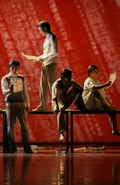 Repertoire
Repertoire
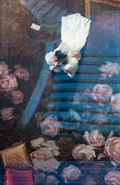 Films
Films
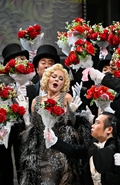 Videos
Videos
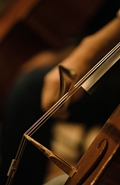 Podcast
Podcast
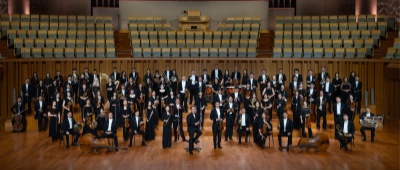 China NCPA Orchestra
China NCPA Orchestra
 China NCPA Chorus
China NCPA Chorus
 NCPA Resident Singers
NCPA Resident Singers
 NCPA Drama Ensemble
NCPA Drama Ensemble
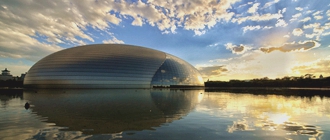 Buildings
Exhibitions
Buildings
Exhibitions
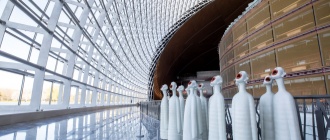 Opening Hours
Services
Opening Hours
Services
 Western Cuisine
NCPA Café
Arts Gifts
Western Cuisine
NCPA Café
Arts Gifts








